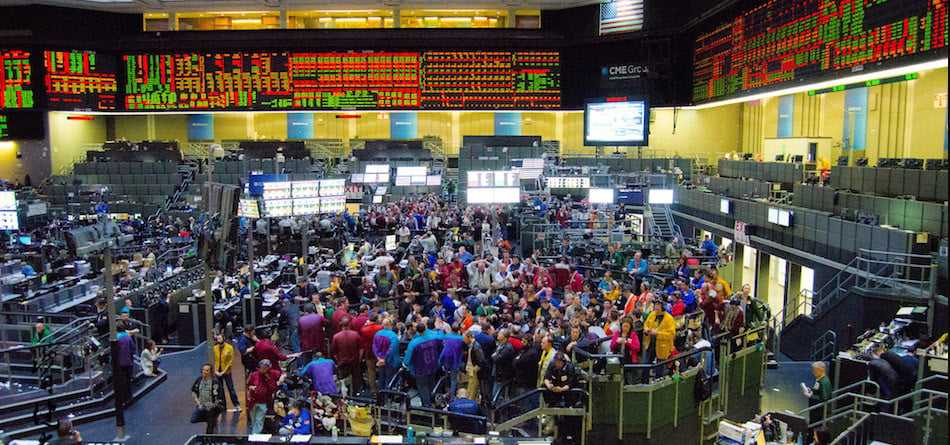CBOE Futures Exchange plans to launch futures trading on the CBOE/CBOT 10-year U.S. Treasury Note Volatility Index (VXTYN) on November 13.
“This index is to fixed income as VIX is to equities,” Catherine Shalen, director, research and product development at CBOE, told Markets Media. “More specifically, the index measures the 30-day expected volatility for ten-year Treasury note futures that are traded at the CME.”
Volatility in bond markets are typically "swayed by the same broad movements, so we see this as a good gauge of volatility for all kinds of fixed income products," Shalen explained. "We are going to be trading futures that are patterned exactly after the very successful VIX futures we already have. In other words, we are going to have futures that expire monthly and settle to the VXTYN index. We'll start there and then, perhaps, at some later date, we'll also introduce options on VXTYN.”
The VXTYN Index, on which VXTYN futures are based, is calculated by applying the CBOE Volatility Index (VIX) methodology to futures options data from CME Group’s 10-year U.S. Treasury note contract, one of CME’s most active interest rate options products. In May 2013, CBOE began disseminating values on the VXTYN Index as part of an agreement between CBOE and CME.
“Interest rate derivatives represent the largest asset class, by far, in the OTC market, outweighing the equity derivatives market by many multiples, CBOE CEO Edward Tilly said in a release. “We are pleased to tap into this space by introducing CBOE Volatility Index futures products that offer customers a way to hedge pure interest rate volatility risk based on U.S. government debt with a single product for the first time.”
Tilly added that the addition of futures on the VXTYN brings “a new dimension to our extensive list of volatility-related products. We see a significant untapped opportunity to grow our volatility trading with existing customers as well as a new group pf professional across multiple sectors in the fixed income arena.”
Potential users of futures on VXTYN could include mortgage-backed securities investors and other large credit managers seeking to hedge against adverse interest-rate movements. Other potential users include large bond funds that are naturally long interest rate volatility and are seeking a yield-enhancing mechanism, as well as hedge funds, volatility arbitrage firms and global macro participants seeking to express views on monetary policy or capture mispricing anomalies between cross-asset volatility (e.g., fixed income versus equity volatility).
“In the current environment, hedging demand for VXTYN futures is likely to come from managers of fixed income portfolios--bond funds, pension plans, even insurance companies,” Shalen said. “Those on the supply side might include any institution willing to sell volatility to reap the risk premium typically paid for volatility. Hedge funds and arbitrageurs could trade on both sides.”
Featured image via Flickr/Kentaro Yamada














